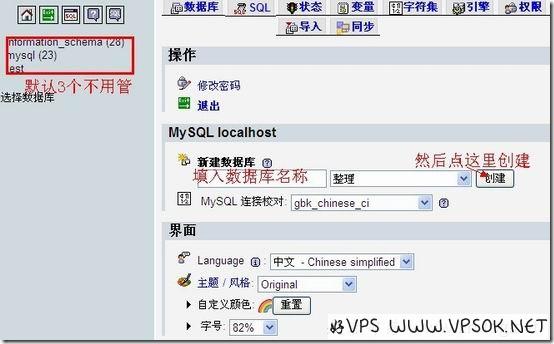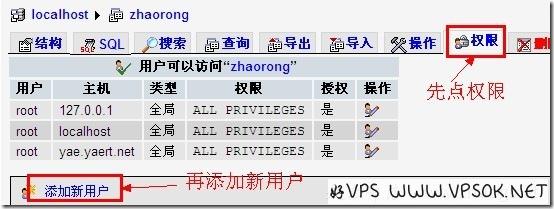
More and more low-cost VPS are pouring in, and many friends have given up on virtual hosts and chosen VPS with independent IP addresses to host their websites. However, due to price restrictions, cheap VPS generally have low configurations. If you use it for yourself, there is no need to mess with the panel. Generally, you can just choose Junge’s lnmp one-click installation package (for lnmp installation, please see VPS installs lnmp). Currently, the highest version of lnmp is 0.7. Brother Jun updates it very quickly. You can pay more attention to it.
After installing lnmp, it is quite convenient to use phpmyadmin to manage the database. A friend asked me if I could create a new database and a user, log in and manage it by myself instead of using it every time. What about root login? It is also possible. Next, let’s talk about phpmyadmincreating a new database and users in a good VPS.
First, of course, log in to our database management as the root user.
After logging in, first create a new database , fill in the database name, and then create (host connection proofreading, select the encoding type you need) as shown below:

After creating the database, The system will transfer to the newly created database by default. At this time, we need to add a user and give it permissions.

First click on permissions, then "Add new user".

I have marked it in the above picture. The main thing to note is that please select "local" as the host. The system will automatically fill in localhost. In addition, if you need If you want this user to have permissions on the database we just created, select "Grant all permissions to database XX" below.
In this way, we can log in to phpmyadmin as the newly created user. If you don’t believe it, try exiting as root~

